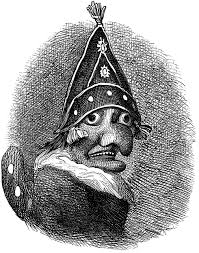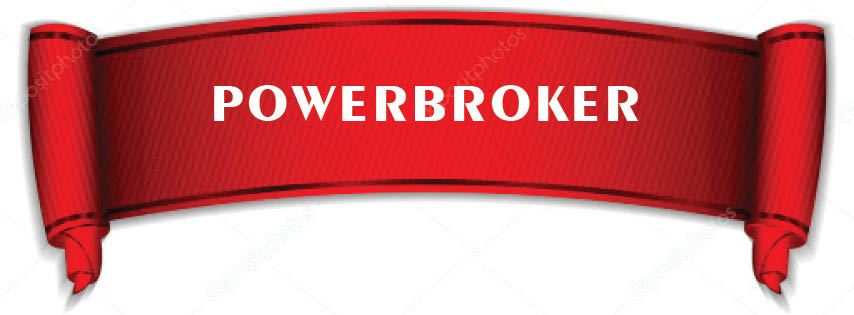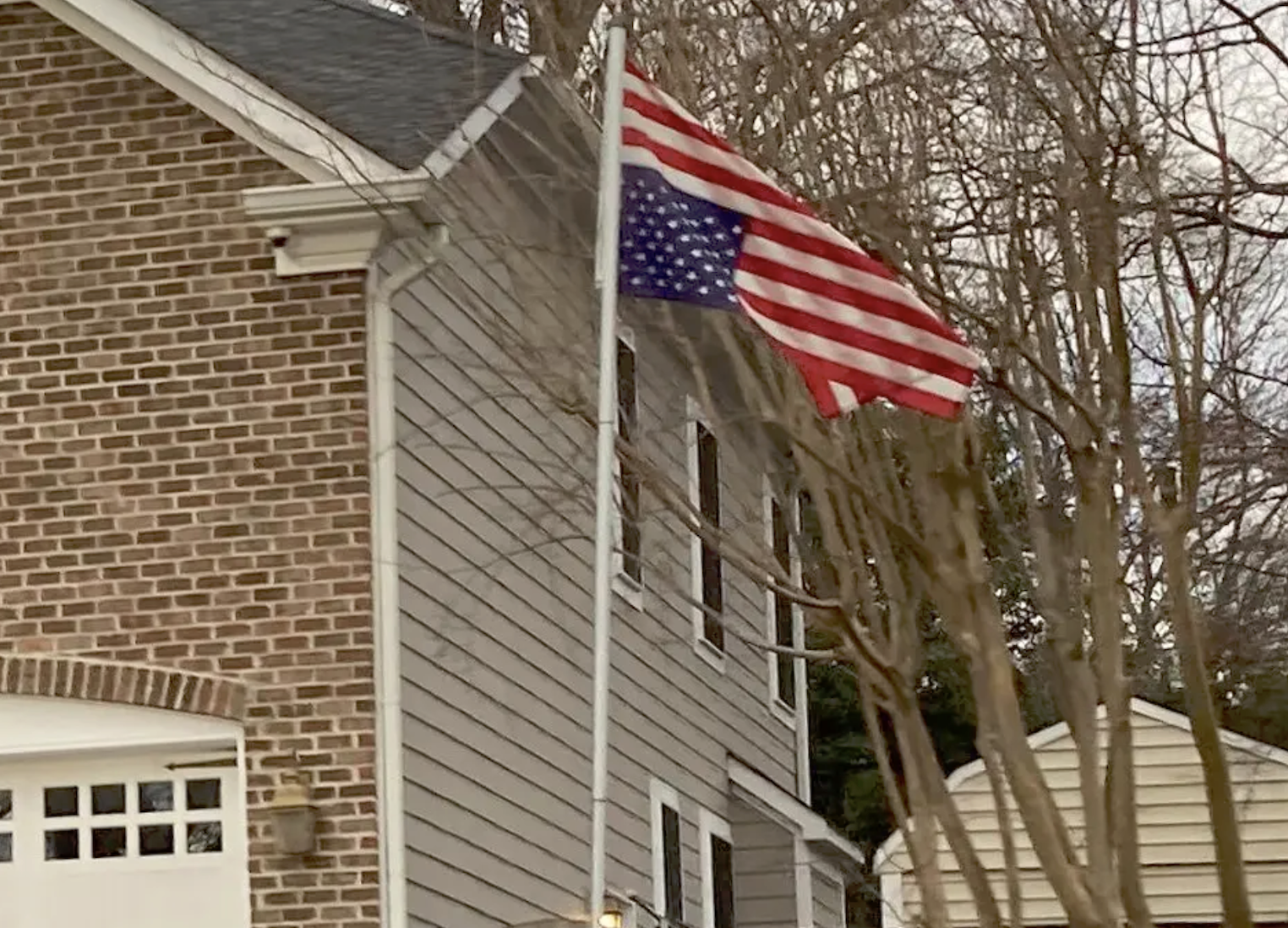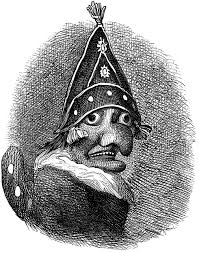May 19, 2024
An upside-down American flag hung outside Supreme Court Justice Samuel Alito’s home on 17 January 2021. The picture appeared for the first time this week in The New York Times. Justice Alito replied:
I had no involvement whatsoever in the flying of the flag. It was briefly placed by Mrs. Alito in response to a neighbor’s use of objectionable and personally insulting language on yard signs.
The upside-down flag became a symbol of the “Stop the Steal” movement in the weeks following the 2020 U.S. presidential election, after which the incumbent and others filed 62 lawsuits contesting election processes, vote counting, and the vote certification process in 9 states. An additional 30 lawsuits were dismissed on merits or lack of standing.
While the inverted flag first proudly unfurled during the 6 January 2021 attack on the U.S. Capitol, Mrs. Alito’s simultaneously raising the mast over a neighborly skiff during the same time frame invokes a murky problem with a specific relief.
Forget the stunning waft of text messages (or dangling participles) between Clarence Thomas’ wife “Ginni” and then-Chief of Staff Mark Meadows in January 2021, including:
Help This Great President stand firm, Mark!!! ... You are the leader, with him, who is standing for America's constitutional governance at the precipice. The majority knows Biden and the Left is attempting the greatest Heist of our History.
While the merry wives of the U.S. Supreme Court may prompt calls for Alito and Thomas to recuse themselves from forthcoming high-profile cases pending before the high court this session, we have history with former justices pitching their wives into the public square with private grievances to avert accountability, thus coiffing their reputations as the neutral or impartial and conservative expositors of the U.S. Constitution. That misconception ends here. And now.
Nine Black Robes
Threatening to knock the last leg out from under an institution that many Americans have already lost faith in, the nation’s ire with the U.S. Supreme Court today is rooted in a fundamental belief that justices should be apolitical actors — neutral umpires who simply call “balls and strikes.” They’re not. They're far more like the Commissioners of Major League Baseball.
Who they are and precisely what they believe are matters of national concern, perhaps even global significance in as far as the U.S. tarries to parlay their ideal republic to the free world.
Fact: In the early days of the republic, the Supreme Court was neither understood nor expected to be removed from politics. The nation’s first justice, John Jay, sits among the signatories of the Federalist Papers, an ardent proponent of the ratification of the Constitution. While Jay acknowledged the bicameral system, a government in principle with checks and balances, Jay and his colleagues often and with passion weighed in on law and politics of the day.
Strategically, Jay declined George Washington's invite to become Secretary of State and Washington blinked. “Jay must be regarded as the keystone of our political fabric.” The Judiciary Act of 1789 summarily installs Jay as the first Chief Justice of the U.S. Supreme Court.
An ardent politician, from the nation’s founding through the mid-20th century there was no expectation that justices should remain aloof from partisan politics. Men moved fluidly between Congress, statehouses and the Supreme Court into the misconception that today’s court is populated by career law professors and jurists. Its not.
For the better part of its existence, the Supreme Court was in fact a political institution populated by men who were politicians, political advisers and politically motivated actors. Today, few believe the court is a neutral arbiter of the law. Americans from across the political divide regard the court as a political body that warps personal ideology into precedent. Associate Justice Amy Coney Barrett alights upon the 11 months in which a supreme court seat was held vacant, expressly denying then President Barack Obama the opportunity to fill it. “This court is not comprised of a bunch of partisan hacks. Judicial philosophies are not the same as political parties.” No?
Personal grievances coming from the private residences of Thomas and Alito have led many Americans to view the court as an instrument of raw political power rather than an impartial arbiter of the law. "The law is reason," Aristotle wrote, "free from passion."
Reading the Constitution
In “Reading the Constitution,” former Associate Justice Stephen Breyer writes: “Textualism, as a form of judicial interpretation, restricts us to consider only a day and time when the text was originally written." Textualism contends that "legal text should be interpreted based solely on the original understanding at the time of adoption."
Called Originalists, the High Court’s now four member plurality (Thomas, Gorsuch, Kavanaugh, and Barrett) object to Judicial Activism; judges legislating from the bench; and are the proponents for democratic modifications of laws through the Legislature and Constitutional amendments.
They'll attempt to reconcile issues such as presidential immunity and abortion to the founding father’s original text or intent," Breyer explains, "by omitting evolving American values and legislative history."
“Are they really going to allow women to die on the table because they won’t allow an abortion which would save her life? I mean, really, no one would do that. There are too many questions,” Breyer opined to The New York Times about the lingering effects of overturning Roe v. Wade. Breyer was among three justices who dissented prior to his immediate retirement from the high court following Dobbs v. Jackson Women’s Health Organization.
As it happens, that left six people in black robes who effectively did. Reversing Roe put a woman’s right to choose, along with an unborn child's right to life, into the people’s hands. To vote upon, state by state, as their conscience dictates. This, as it happens, was the founding father’s intent, leaving “the right to life, liberty, and the pursuit of happiness” to their posterity.
And since Alito professes to be a "Practical Originalist,” he and the Mrs might do well to remember that the founding fathers were all leery of presidential powers and the prospect of tyranny.
Even Benjamin Franklin’s Every Man His Own Doctor: OR, The Poor Planter's Physician gave step by step instructions for the “suppression of the courses.” Which, as then, was considered “an entirely private family matter.”








